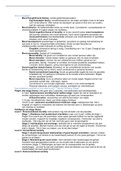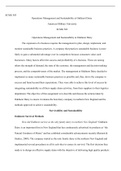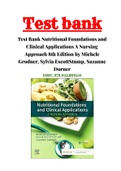Samenvatting
Erasmus University Rotterdam: Changing Man Summary (1.5) Lectures Included
- Vak
- 1.5 Changing Man
- Instelling
- Erasmus Universiteit Rotterdam (EUR)
Erasmus Universiteit Rotterdam Psychology Changing Man Summary 1.5, lectures included.
[Meer zien]







